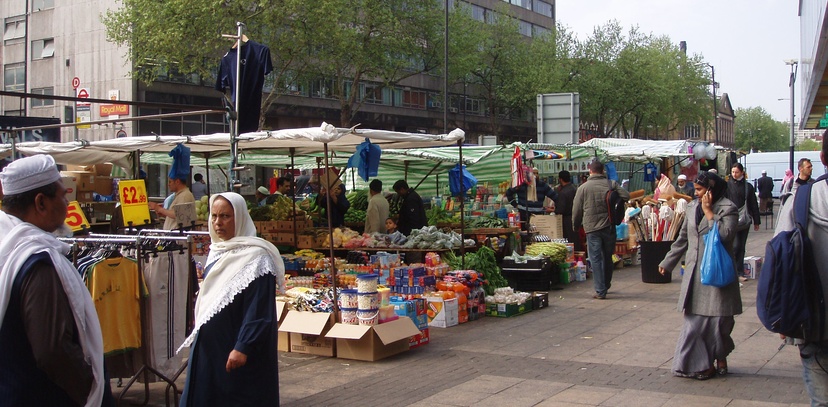
The recent riots have diverted attention from the decision by the Government and the Mayor’s Office to reject a £1bn bid by the Wellcome Trust to transform the Olympic Park into a science and technology hub.
The Wellcome Trust had proposed investment in new research and innovation facilities that would bring two universities, pharmaceutical and technology companies to the East End of London. Up to 7,000 new jobs were forecast and the bid included provision of social housing, a museum and further social infrastructure.
Instead, the Olympic Delivery Authority has sold the Olympic Village to a sovereign wealth fund, Qatari Diar, and private developer Delancey, for £557m, transferring the 1,439 residential units already completed and a further six plots with potential for 2,000 new units.
As decisions go this seems woefully shortsighted.
Overcrowded housing and unemployment are two of the biggest challenges for London’s East End boroughs, with wards in Newham and Tower Hamlets some of the worst affected in the country. In addition the latest labour market figures (ONS, August 2011) show the five Olympic boroughs have the highest rates of unemployment in London.
The primary argument for rejecting the Wellcome bid was one of taxpayer value (the £1bn fell short of the amount already invested in the Olympic Park) but this seems to be a short-term and overly simplistic understanding of public value.
In straightforward economic terms the medium to long-term value to taxpayers of inward investment, improved infrastructure, large-scale job creation, reduced benefit dependency etc etc, must outweigh the immediate shortfall on the sale of land. Consider alongside this the social cost to individuals, families and communities of another decade of unemployment concentrated in the East End, and the many hidden costs to local authorities and public agencies associated with poor housing and deprivation.
Another hidden cost arises when new housing developments fail to become thriving and cohesive communities. Past experience shows that new communities can quickly fail if they lack the right balance of social infrastructure, private and social housing, job opportunities and thriving social life.
London’s Docklands has been widely criticised for focusing on luxury flats to house financial sector workers, rather than creating mixed communities with affordable housing for low-income families living in the East End. The result is long-term tensions between existing and new residents. Owen Hatherley writing about the recent riots describes eloquently how regeneration has created parallel communities of rich and poor, inhabiting the same space but acting as if they don’t.
The London Assembly has called for ‘public funding to ensure that the Olympic Park does not become an island of prosperity surrounded by areas of deprivation’, which makes the rejection of the Wellcome bid seem very shortsighted (and at odds with the government’s vision for an “East London Tech City” to rival Silicon Valley).
Admittedly, the London Assembly called for public not private funding, but where will public funding be found? And why put the burden of ensuring the Olympic Park has a sustainable and cohesive future on taxpayers when the UK’s largest charity is willing to make the investment?
The decision also overlooks what has been learnt about regeneration over the past two decades. Experience from New Deal for Communities, SRB schemes and others, shows that investment in the built environment alone does not drive regeneration – the underlying causes of deprivation still remain. Regeneration needs to be driven by a cohesive strategy that addresses equally economic, social and environmental sustainability.
East London loses again.
This post was originally written by Saffron Woodcraft for the New Start (CLES) blog. Certain details about the involvement of the Olympic Legacy Company have been amended on 5th September.